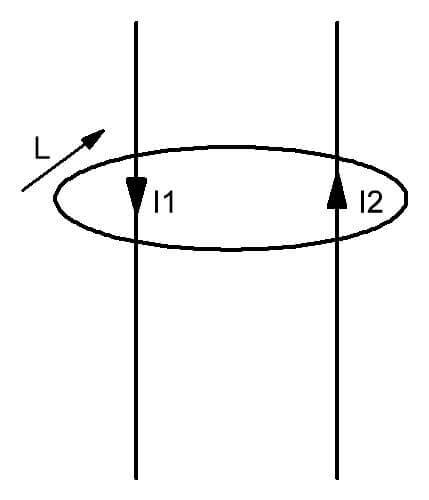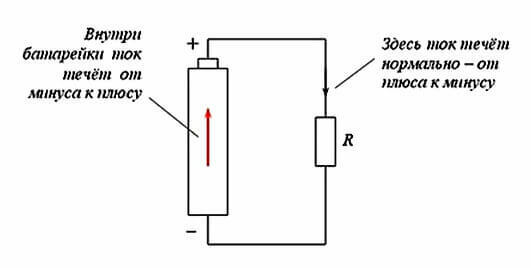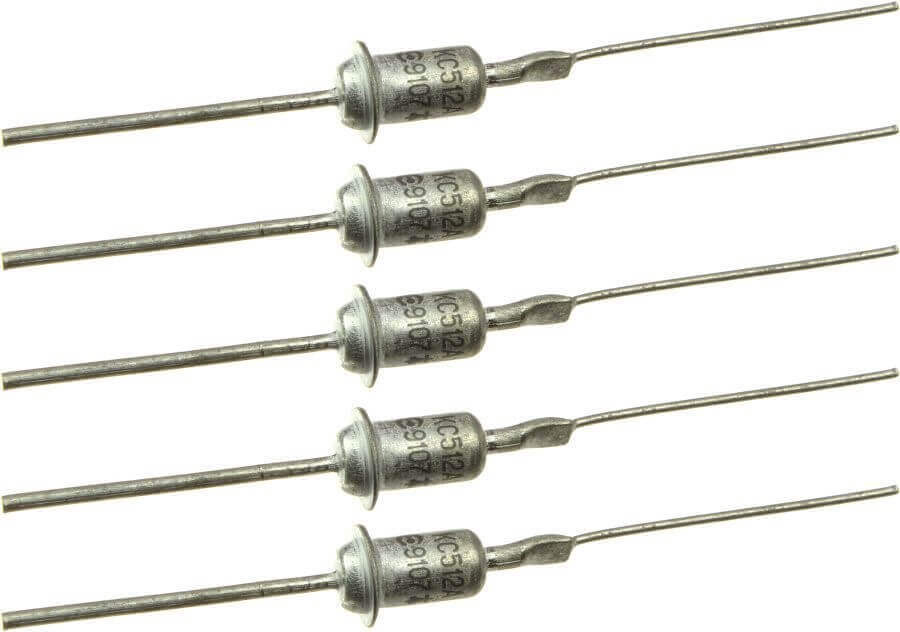In DC circuits, power is not divided into different components, such as active and reactive, therefore, a simple expression P = U * I is used. But with alternating current, the situation is different. In this article we will look at what active, reactive and apparent power of an electrical circuit is.
Content:
- Definition
- The meaning of reactive load
- Power triangle and cosine phi
- Calculations
- Answers to popular questions
Definition
The load on an electrical circuit determines how much current flows through it. If the current is constant, then in most cases a resistor of a certain resistance can be determined by an equivalent load. Then the power is calculated using one of the formulas:
P = U * I
P = I2* R
P = U2/ R
The same formula is used to determine the total power in the alternating current circuit.
The load is divided into two main types:
- An active one is a resistive load, such as heating elements, incandescent lamps and the like.
- Reactive - it can be inductive (motors, starter coils, solenoids) and capacitive (capacitor banks, etc.).
The latter happens only with alternating current, for example, in a sinusoidal current circuit, this is exactly what you have in your sockets. What is the difference between active and reactive energy, we will explain further in simple language so that the information becomes understandable for novice electricians.
The meaning of reactive load
In an electrical circuit with a reactive load, the current phase and the voltage phase do not coincide in time. Depending on the nature of the connected equipment, the voltage either leads the current (in inductance), or lags behind it (in capacity). Vector diagrams are used to describe the questions. Here, the same direction of the voltage and current vector indicates the phase coincidence. And if the vectors are depicted at a certain angle, then this is the lead or lag of the phase of the corresponding vector (voltage or current). Let's take a look at each of them.
In inductance, the voltage always leads the current. The "distance" between phases is measured in degrees, which is clearly illustrated in vector diagrams. The angle between the vectors is denoted by the Greek letter "Phi".
In an idealized inductor, the phase angle is 90 degrees. But in reality this is determined by the total load in the circuit, but in reality it cannot do without a resistive (active) component and a parasitic (in this case) capacitive component.
In the capacitor, the situation is the opposite - the current is ahead of the voltage, because the inductance when charging consumes a large current, which decreases as it charges. Although it is more often said that the voltage lags behind the current.
To put it briefly and clearly, these shifts can be explained by the laws of commutation, according to which the voltage in the capacitance cannot change instantly, and in the inductance - the current.
Power triangle and cosine phi
If you take the entire circuit, analyze its composition, phases of currents and voltages, then build a vector diagram. After that, draw the active one along the horizontal axis, and the reactive one along the vertical one and connect the ends of these vectors with the resulting vector - you get a power triangle.
It expresses the ratio of active and reactive power, and the vector connecting the ends of the two previous vectors will express the total power. This all sounds too dry and confusing, so take a look at the picture below:
The letter P stands for active power, Q for reactive power, S for total power.
The formula for the total power is:
The most attentive readers have probably noticed the similarity of the formula to the Pythagorean theorem.
Units:
- P - W, kW (watts);
- Q - var, kvar (reactive volt-amperes);
- S - VA (Volt-amperes);
Calculations
To calculate the total power, a complex formula is used. For example, for a generator, the calculation is:
And for the consumer:
But we will apply the knowledge in practice and figure out how to calculate the power consumption. As you know, we, ordinary consumers, pay only for the consumption of the active component of electricity:
P = S * cosФ
Here we see the new value of cosF. This is the power factor, where Φ is the angle between the active and total components from the triangle. Then:
cosФ = P / S
In turn, reactive power is calculated by the formula:
Q = U * I * sinФ
To consolidate the information, check out the video lecture:
All of the above is also true for a three-phase circuit, only the formulas will differ.
Answers to popular questions
Gross, active and reactive power are an important topic in electricity for any electrician. As a conclusion, we have compiled a selection of 4 frequently asked questions in this regard.
- What kind of work does reactive power do?
Answer: it does not perform useful work, but the load on the line is the full power, including taking into account the reactive component. Therefore, in order to reduce the overall load, they struggle with it or, speaking in a competent language, compensate.
- How is it compensated?
- For this purpose, reagent compensation equipment is used. These can be capacitor banks or synchronous compensators (synchronous motors). We considered this issue in more detail in the article: https://samelectrik.ru/kompensaciya-reaktivnoj-moshhnosti.html
- What consumers do the reagent come from?
- These are, first of all, electric motors - the most numerous type of electrical equipment at enterprises.
- What is the harm of high consumption of reactive energy?
- In addition to the load on power lines, it should be borne in mind that enterprises pay for full capacity, and individuals - only for active capacity. This leads to an increased amount of electricity bills.
The video provides a simple explanation of the concepts of reactive, active and apparent power:
This is where we conclude our consideration of this issue. We hope that now it has become clear to you what active, reactive and apparent power are, what are the differences between them and how each value is determined.
Related materials:
- What is a power limiter for?
- Phase and line voltage in three-phase circuits
- How to determine the power consumption of electrical appliances


